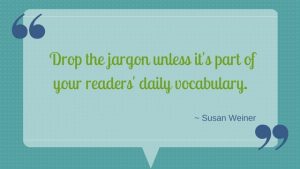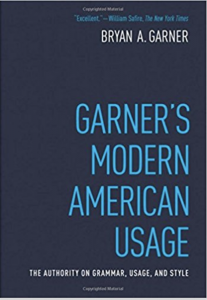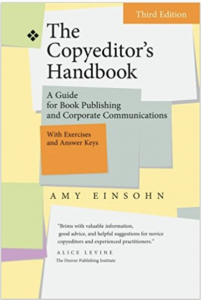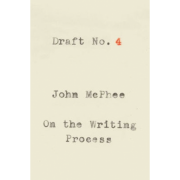Wireless keyboard: traveling writer’s lightweight tool
“Wow, that is so cool!”
I’m not an adopter of bleeding-edge technology, so I was startled by the reactions of other conference attendees to my smartphone accessory. The accessory wasn’t particularly high tech. It was a wireless keyboard that I use to take notes with my smartphone when I attend conferences.
If you need to take notes when you’re away from your office, you can benefit from my experience to refine your checklist for what to seek in a wireless keyboard that will improve your ability to take notes on the move.
Typed notes beat handwritten notes
I prefer taking notes electronically to writing longhand. That’s because I can read typed notes more easily. I can even copy-paste them into the drafts of articles that I write about conference sessions.
However, I don’t enjoy the bulk and size of my laptop, to say nothing of the hassle of getting it through airport security. My iPad is lighter and smaller, but it’s so old that it’s more of a paperweight than a functioning device. That’s why I leaped at my husband’s suggestion to buy a wireless keyboard for my smartphone. My phone is even lighter and smaller than a tablet, plus I already carry it with me everywhere.
I’m currently on my third wireless keyboard. I used my first exclusively with my iPad until the keyboard died, and discovered a serious drawback in my second wireless keyboard, which I used with my phone. Along the way, I developed some opinions about what I need in a wireless keyboard.
Desirable wireless keyboard characteristics
Something to hold your phone upright—I’m not an accurate touch typist, so I need to see the words appear on my phone’s screen to ensure that I’m accurate. My current keyboard’s “cradle” is an indentation that holds my phone upright. Many wireless keyboards lack this feature, which I consider essential. The cradle is much more flexible, in terms of the devices that it’ll hold in place, than the four clips on my previous keyboard that were meant to hold only tablets of a certain size.
A name-brand manufacturer (or a track record)—A bad experience with my previous keyboard convinced me to favor a name-brand manufacturer. That keyboard had excellent Amazon reviews, but it was from a no-name manufacturer. This keyboard functioned normally about 75% of the time. The rest of the time the cursor often jumped from where I was typing to another line of my document, often causing me to lose some of what I’d typed. When contacted, the vendor said something along the lines of “Yes, we know that happens. It’s OK.”
The right kind of battery—You have a choice of rechargeable or non-rechargeable batteries. With regular batteries, my current keyboard has functioned for more than six months. Of course, it doesn’t get much use when I’m not at conferences.
A case, if that’s important to you—Some wireless keyboards, like my previous one, come built into cases that will also protect your mobile device. Someone I know bought a keyboard that folds in half to protect itself and to take less space. I use my keyboard infrequently enough that I jam it in a Fedex envelope inside my tote bag to protect it.
Other wireless keyboard characteristics to consider
- Noise—My current keyboard sounds loud to me. I always feel as if I should apologize to the people sitting around me when I type at conferences.
- Size—The keyboard’s size makes a difference for how well it suits your hands and fits in your bag (or whatever you use to carry it).
My wireless keyboard model
If you want to copy me, I have a Logitech Bluetooth Multi-Device Keyboard K480. The first of my three wireless keyboards was also a Logitech, so I’m a Logitech fan. However, check to see if there’s a newer or better model to meet your needs.
Want more ideas for specific models? Check out “Best Bluetooth keyboards you can currently buy” and ask your friends what they’re using.
Happy keyboarding!
Disclosure: If you click on an Amazon link in this post and then buy something, I will receive a small commission. I link only to products in which I find some value for my blog’s readers.
Image courtesy of Daddazio at Wikimedia Commons






